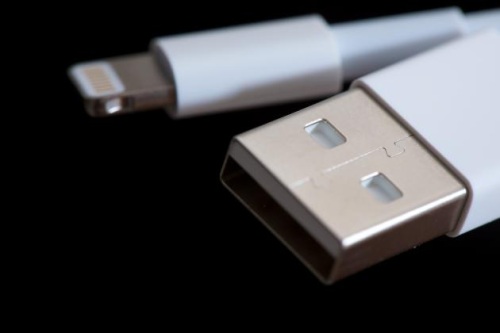A group of researchers from Georgia’s Institute of Technology have proven — with surprising ease — that an iOS device can be infected with malware using a bogus charger they created called “Mactans” (for those curious, latrodectus mactans is the scientific name for the deadly black widow spider).

The team, made up of Billy Lau, Yeongjin Jang, and Chengyu Song, will be doing a formal presentation on their research at the upcoming Black Hat USA hacker conference, which is being held July 27 – August 1, 2013 in Las Vegas, NV.
A brief summary of their work is provided on the Black Hat USA conference website. There the group states that they were able to install any software they wanted on a targeted device once they figured out a pathway around all the defense parameters of iOS. Besides getting the malware on the device, they were also able to hide the program by employing the same method Apple uses to conceal the location of its apps on iOS devices, thereby making the user unaware that their device has been infected.
“(W)e investigated the extent to which security threats were considered when performing everyday activities such as charging a device,” they wrote in the summary. “The results were alarming: despite the plethora of defense mechanisms in iOS, we successfully injected arbitrary software into current-generation Apple devices running the latest operating system (OS) software.”
The group added, “All users are affected, as our approach requires neither a jailbroken device nor user interaction.”
Two things are particularly noteworthy about this project: one is timing. The group said that they can infect an iOS device in less than a minute using their Mactans charger. Second is pricing. The Mactans charger was created using a BeagleBoard—a barebones computer that costs $45.
“This hardware was selected to demonstrate the ease with which innocent-looking, malicious USB chargers can be constructed,” they explained. They then questioned what those more motivated and with deeper pockets might be able to accomplish should they figure out this security breach for themselves.
In addition to presenting how they were able to get around the iOS defenses, Lau, Jang, and Song will conclude with recommendations on how Apple can close this vulnerability.
Story via: blackhat.com
Advertisement
Learn more about AppleElectronic Products Magazine





